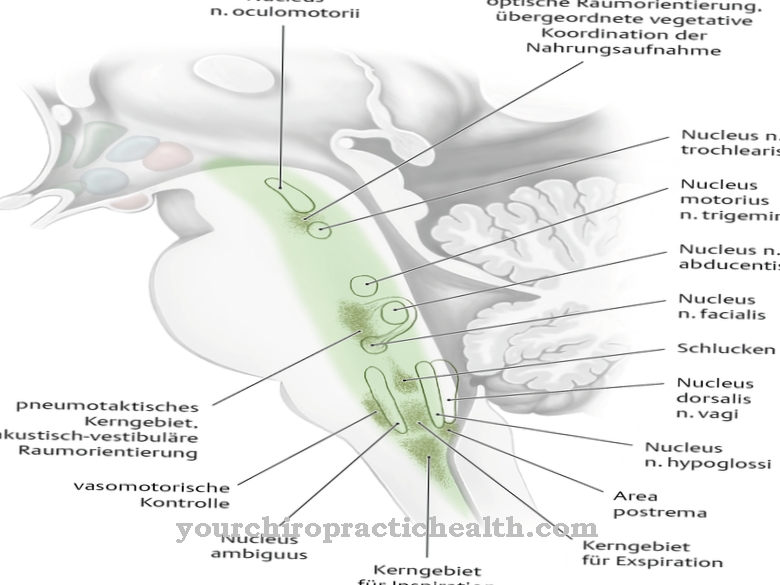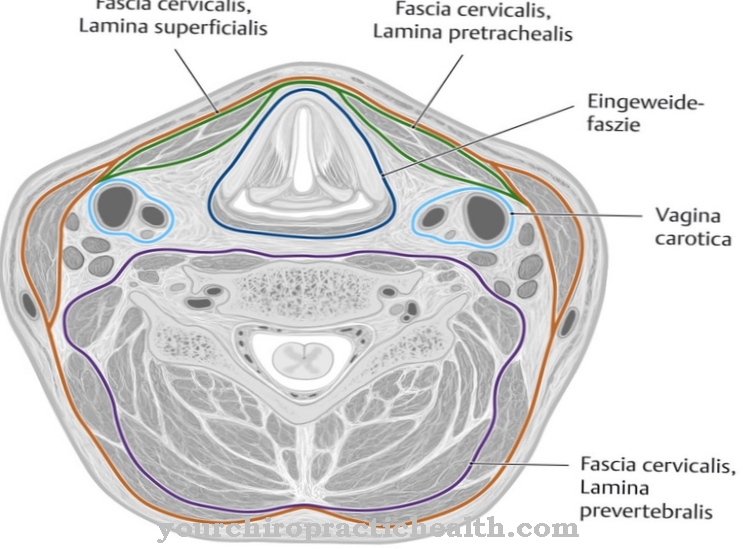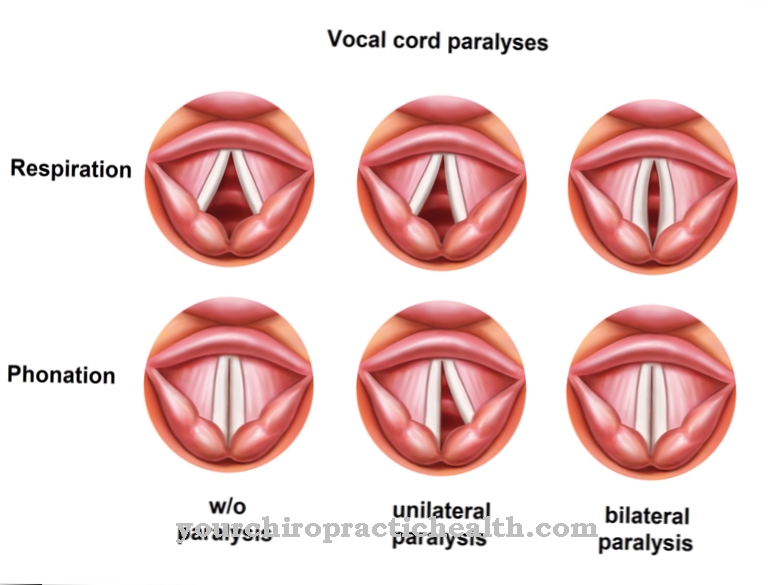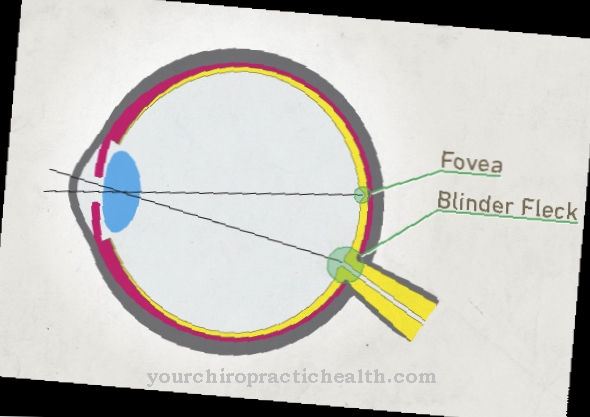The term Giant cells comes from histology or from pathology. Giant cells are cells that are greatly enlarged and have multiple cell nuclei.
What are giant cells?
In histology and pathology, the term giant cell is understood to mean a cell that is very large compared to other cells.
Giant cells usually have several nuclei. These can be misshapen or lobed. A distinction can be made between three forms of giant cells. The first group occurs physiologically. The second group is caused by cell division disorders and the third group is found with neoplasms.
Anatomy & structure
The osteoclasts belong to the physiologically occurring cells. Osteoclasts are multinucleated cells in bone. They arise from precursor cells from the bone marrow and belong to the so-called mononuclear system (MPS).
Osteoclasts are 50 to 100 µm in diameter. A single osteoclast can contain up to ten nuclei. The cells are located on the surface of the bones in special lacunae.
The Langhans cells also belong to the giant cells. They develop from the reticuloendothelial system (RES). The Langerhans giant cells have a diameter of up to 0.3 millimeters and are found in different places in the body. Typical of these cells are their many cell nuclei, which are arranged in a horseshoe shape.
Megakaryocytes are found in the bone marrow. They too belong to the physiological giant cells. They develop from the megakaryoblasts and are up to 15 times larger than red blood cells. However, only about one percent of all bone marrow cells are megakaryocyte-type cells. Megakaryocytes only have one nucleus. However, this is very irregularly shaped and also segmented many times, so that the impression can arise that there are several cell nuclei.
Function & tasks
Depending on the type of cell, the giant cells take on different tasks. Osteoclasts are responsible for breaking down bone substance. There are two mechanisms available to the cells for this. On the one hand, they release mineral salts from the bones with the help of a lowered pH value. On the other hand, they release enzymes that dissolve the collagenous matrix of the bone. Then they eat (phagocytize) the released collagen parts. The activity of the osteoclasts is regulated by the hormones parathyroid hormone and calcitonin. The osteoblasts are a kind of antagonist of the osteoclasts. They build up bone substance.
The role of the Langhans cells has not yet been fully clarified. They appear to play a role in the phagocytosis of certain antigens. For example, they appear in the context of tuberculosis. The causative agent of tuberculosis, Mycobacterium tuberculosis, has a waxy cell wall so that it cannot be rendered harmless by the normal phagocytes of the body, the macrophages. The mycobacteria are taken up by the phagocytes. But since they cannot be destroyed, the body forms a protective wall of phagocytes around the macrophages that contain the pathogens. These phagocytes are also called epithelial cells. Lymphocytes and giant Langhans cells also join in. They ensure that the mycobacteria stay in place and do not get scattered around the body.
Megakaryocytes belong to the blood-forming cells of the bone marrow. As part of thrombopoiesis, the megakaryocytes form platelets. A single megakaryocyte can release up to a thousand platelets. Platelets are blood platelets. They play an important role in blood clotting.
Diseases
An example of a pathological giant cell are the Sternberg-Reed giant cells. Sternberg-Reed giant cells have a diameter of up to 45 μm. They are a diagnostic criterion for Hodgkin's lymphoma.
These giant cells are neoplastic descendants of the B lymphocytes. Hodgkin's lymphoma is a malignant lymphatic disease. Most patients get sick around the age of 25 or around the age of 60. As a rule, Hodgkin's lymphoma initially manifests itself through unspecific symptoms such as night sweats or weight loss. The so-called Pel-Ebstein fever is typical.
It is a wave-like fever. Fever phases of three to ten days alternate with fever-free phases. In addition, there is swelling of the lymph nodes or spleen.Lymph node pain after alcohol consumption is characteristic of the disease. This alcohol pain only occurs in around a quarter of all patients. If there is alcohol pain, however, the diagnosis of Hodgkin lymphoma is very close.
The foreign body giant cells also belong to the pathological giant cells. These are macrophages that form around a foreign body. Such foreign body giant cells are found, for example, in foreign body granulomas in silicosis. Silicosis is also known under the term quartz dust lung. It is caused by the long-term inhalation of fine dust and belongs to the so-called pneumoconiosis. Silicosis is a typical disease of miners. The body builds granulomas around the inhaled particles. In addition, the lung tissue is partially converted into connective tissue. As a result, the surface of the lungs is getting smaller and the oxygen uptake is severely restricted.
The damaged lungs are also much more susceptible to diseases such as tuberculosis or lung cancer. Giant cells are also found in giant cell arteritis. The disease is also known as temporal arteritis. The causes of the disease are still unknown. There is inflammation in the vessel walls of arteries in the head area. The main symptom of giant cell arteritis is headache, pain when chewing and hypersensitivity of the scalp. Around 70 percent of all patients also complain of impaired vision. The therapy takes place with cortisone preparations.
























.jpg)



